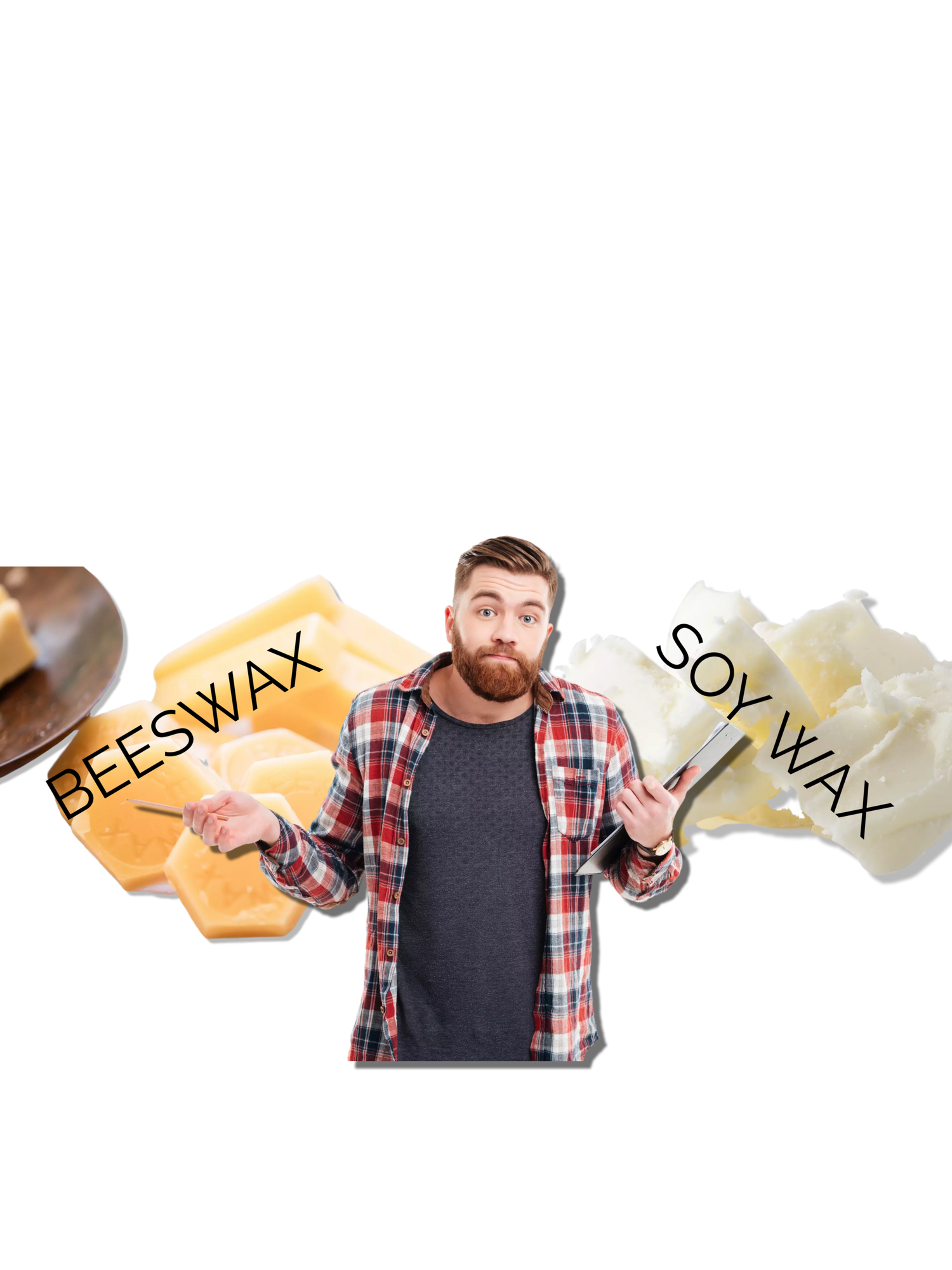When it comes to grooming your beard, beard balm is an essential product that helps to keep your facial hair nourished, styled, and manageable. However, choosing the right type of wax for your beard balm can be a crucial decision. Beeswax and soy wax are two popular options in the market, each with its own set of benefits and drawbacks. In this article, we will explore the differences between beeswax and soy wax for beard balm, helping you make an informed choice for your beard care routine.
Understanding Beeswax
Beeswax is a natural wax produced by honeybees. It has been used for centuries in various applications, including skincare products like balms and lotions. Beeswax offers several advantages when used in beard balm:
-
Superior Hold: Beeswax provides a strong and durable hold, helping you style your beard and keep it in shape throughout the day.
-
Moisturizing Properties: It contains natural emollients that can lock in moisture, preventing your beard from becoming dry and brittle.
-
Natural Scent: Beeswax carries a mild, pleasant scent that adds a touch of nature to your beard balm without the need for artificial fragrances.
Despite these positives, there are a few potential drawbacks to consider:
-
Heaviness: Beeswax can feel heavy on the beard, especially if you apply too much product, making it less suitable for those with very fine or thin facial hair.
-
Allergies: Some individuals may be allergic to bee products, so it is essential to perform a patch test before using beard balm containing beeswax.
Unveiling Soy Wax
Soy wax is a vegetable-based wax made from soybean oil. It has gained popularity as a sustainable and eco-friendly alternative to traditional petroleum-based waxes. Here are some of the benefits of using soy wax in beard balm:
-
Lightweight Feel: Soy wax is lighter on the beard, making it ideal for individuals with fine or thin facial hair, as it provides a natural hold without weighing down the beard.
-
Highly Moisturizing: Just like beeswax, soy wax also possesses moisturizing properties, helping to nourish and hydrate your beard.
-
Neutral Scent: Soy wax has a neutral scent, which is great for those who prefer unscented or are sensitive to strong fragrances.
However, soy wax has some potential downsides as well:
-
Less Durable Hold: Compared to beeswax, soy wax may offer a slightly weaker hold, which might require reapplication throughout the day.
-
Absorption: Soy wax has a higher absorption rate than beeswax, which means it might get absorbed into your beard more quickly, necessitating more frequent applications.
Choosing the Right Wax for You
The decision between beeswax and soy wax ultimately depends on your specific needs and preferences. Consider the following factors when making your choice:
-
Beard Type: If you have a thick, unruly beard that requires strong hold, beeswax might be the better option. On the other hand, if you have fine or thin facial hair and prefer a lighter feel, soy wax could be the ideal choice.
-
Allergies: If you are allergic to bee products, soy wax offers a viable, allergy-free alternative.
-
Hold Strength: If you prefer a long-lasting hold and don't mind the weight, beeswax may be more suitable. However, if you value a lightweight feel and don't mind reapplying the balm, soy wax could be your go-to option.
-
Environmental Impact: If you are environmentally conscious, choosing soy wax supports a more sustainable and eco-friendly approach.
In conclusion, both beeswax and soy wax have their unique advantages and drawbacks when it comes to using them in beard balm. The choice boils down to your individual beard grooming needs and personal preferences. Whichever wax you choose, incorporating beard balm into your daily routine will undoubtedly leave you with a well-groomed, healthy, and attractive beard. So, go ahead and give your beard the care it deserves!





